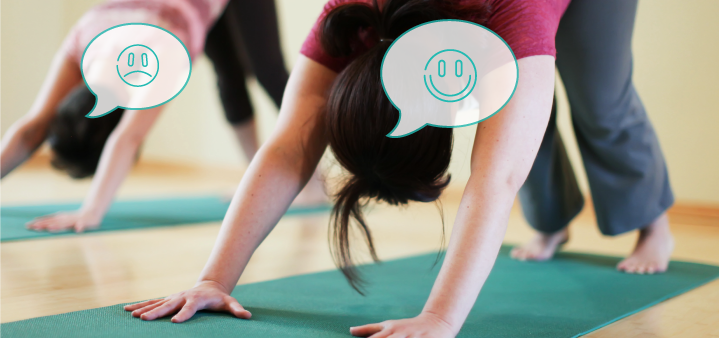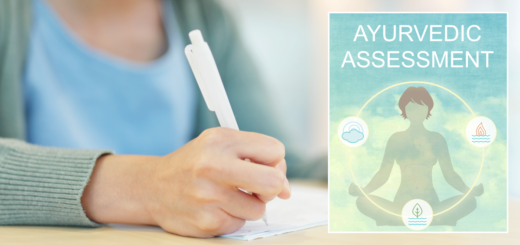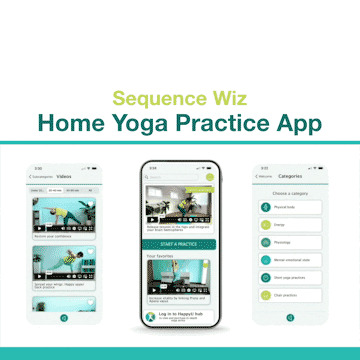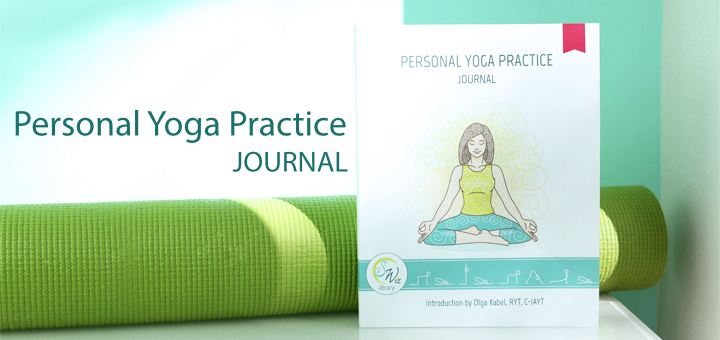Why do some yoga classes make you feel good and others do not?
9You know how sometimes you go to a yoga class and you come out feeling “This is exactly what I needed! I feel great!” and other times you end up feeling: ”That was awful.” Our tendency is to think that it is the fault of the teacher who didn’t do a good job (and sometimes it is), but more often it is about managing our own expectations and needs for the practice.
People come to yoga classes for all sorts of reasons, but they can mostly be summarized as “to feel better”. But what does it mean “to feel better”?
On the physical level, some students are satisfied with just moving their bodies a little bit, and others are not satisfied until they have folded and twisted their bodies to the limit. The rest of us are somewhere in between on that spectrum.
On the level of physiology some people define feeling better as being able to breathe deeper and others only feel accomplished if they sweated profusely.
On the level of mental activity some students are content with feeling a bit more focused at the end of the practice while others crave physical intensity to knock over their mental chatter.
On the level of personality some people enjoy being introspective and are willing to look at themselves with awareness and others are very uncomfortable doing so.
On the level of joy everybody wants to feel happy and connected, but some people define it as quiet appreciation of life’s small details, while others as grand events and accomplishments.
The yoga teachers are left to juggle those conflicting needs and expectations that vary not only from person to person, but also from day to day (and even in the course of one day). So what kind of strategies can they employ in teaching multilevel yoga classes to help all their students feel better in their own way?
In her book How Emotions Are Made: The Secret Life of the Brain Professor of Psychology Lisa Feldman Barret, PhD. introduces a concept of “body budget” as a main determining factor in how we feel. She argues that the way you feel at any given moment is not really a reflection of your external reality, but a reflection of your internal physiological balance. Your brain is always at work trying to balance your internal energetic checks and balances, making sure that if there is a big expenditure of some sort, it is followed by a large deposit to replenish the resources. Everything you do in your daily life acts as a deposit toward the body budget, or as a withdrawal. The brain is sensitive about the budget going both too low and too high, while negative balances and surpluses usually lead to disease.
So every time you sit down on your yoga mat your brain (unbeknownst to you) decides how much resources it needs to allocate to this upcoming activity (your yoga practice) – it budgets your resources. To predict that, it weaves together your prior experience, expectations and information about the environment (Have you taken this type of class before? Do you know this teacher’s style? How long will the class be? Is the temperature comfortable in the room? Do other people around you seem like they are in a similar physical shape as you? What do you need to do after the class that you will need energy for?) Based on all that the brain allocates a certain amount of resources that you then use in the course of the yoga practice.
Here is an interesting thing – if your brain guessed wrong and you end up using a lot more resources, or not using enough, you have an emotional reaction. “Your affective feelings of pleasure and displeasure, and calmness and agitation, are simple summaries of your budgetary state.”(1) So your response to your yoga practice has less to do with what the teacher did or didn’t do, and a lot to do with whether or not your brain has misjudged how much energy you would need for the practice.
Your yoga teacher certainly cannot control your brain’s budgeting process (neither can you), but she can help give your brain more relevant information to process and make better, more refined predictions. These are the main strategies to help with that:
- Managing expectation by communicating an intention (Example: Today we will focus on stretching the back and mobilizing the hips to prepare for long pranayama and meditation at the end). It lets you know what to expect. It is less important if the student is already familiar with the teacher’s style.
- Inviting the students to tune in and notice how they feel physically, energetically and mentally-emotionally at the beginning of the practice. This gives the student an insight into her “budgetary state” and helps the brain budget more precisely.
- Giving students permission and tools to make their practice more or less intense by suggesting different versions of poses and inviting them to experiment mindfully.
- In the course of the practice taking time to slow down, tune in and re-access the inner “budgetary state” (“How are you feeling right now?)
- Giving students quiet time at the end to re-evaluate their inner state and draw conclusions on whether or not the practice had accomplished the goals that the teacher had articulated at the beginning.
- Helping students accept that whatever reaction they had to the practice is perfectly fine. Both the teacher and the student can learn from it.
By employing the strategies above yoga teachers can help their students be more consciously aware of their “body budget” and how the yoga practice affects it, which in turn will teach the brain to have more accurate budget predictions next time, which will then result in more satisfaction with the practice. This is also why it is not advisable for teachers to change their teaching style or intensity of the practice from day to day too dramatically, because it messes up both student’s mental expectations and their energy budgeting. Some experimenting is fine, but the students need to be warned!
Next week we will talk about different kinds of intensity that the yoga classes can have – tune in!
Resources
- How Emotions Are Made: The Secret Life of the Brain by Lisa Feldman Barret, PhD





















Olga, what a wonderful piece! Thoughtful and timely, as I’m preparing for a new class today. Thank you!
Excellent article. Bingo! I’ve also noticed some students crave revving up their nervous system while others want to soothe. That creates a challenge for me to address.
Thank you for this excellent explanation and insight on why and how we need to “check in” and “be aware” with each practice, whether it be a class or a home practice.
Good insights, Olga. You have articulated well what I experience from students in my classes as well as what I experience within myself and am so often concerned about as an instructor. This is one of those “blogs of affirmation” that we all need now and then, assuring us that “we’re okay.” As always, thanks for sharing!
Read the post, it was interesting; but when I saw the title I thought about how sequencing affects the practice.
Absolutely, JoAnn, proper sequencing is essential!
Excellent article and reminders of important points.
Very helpful, Olga, thanks!! I often struggle with this as a teacher and sometimes feel inadequately prepared to meet all students where they are, since it is so hard to know!
Great informative post Olga. Thanks!